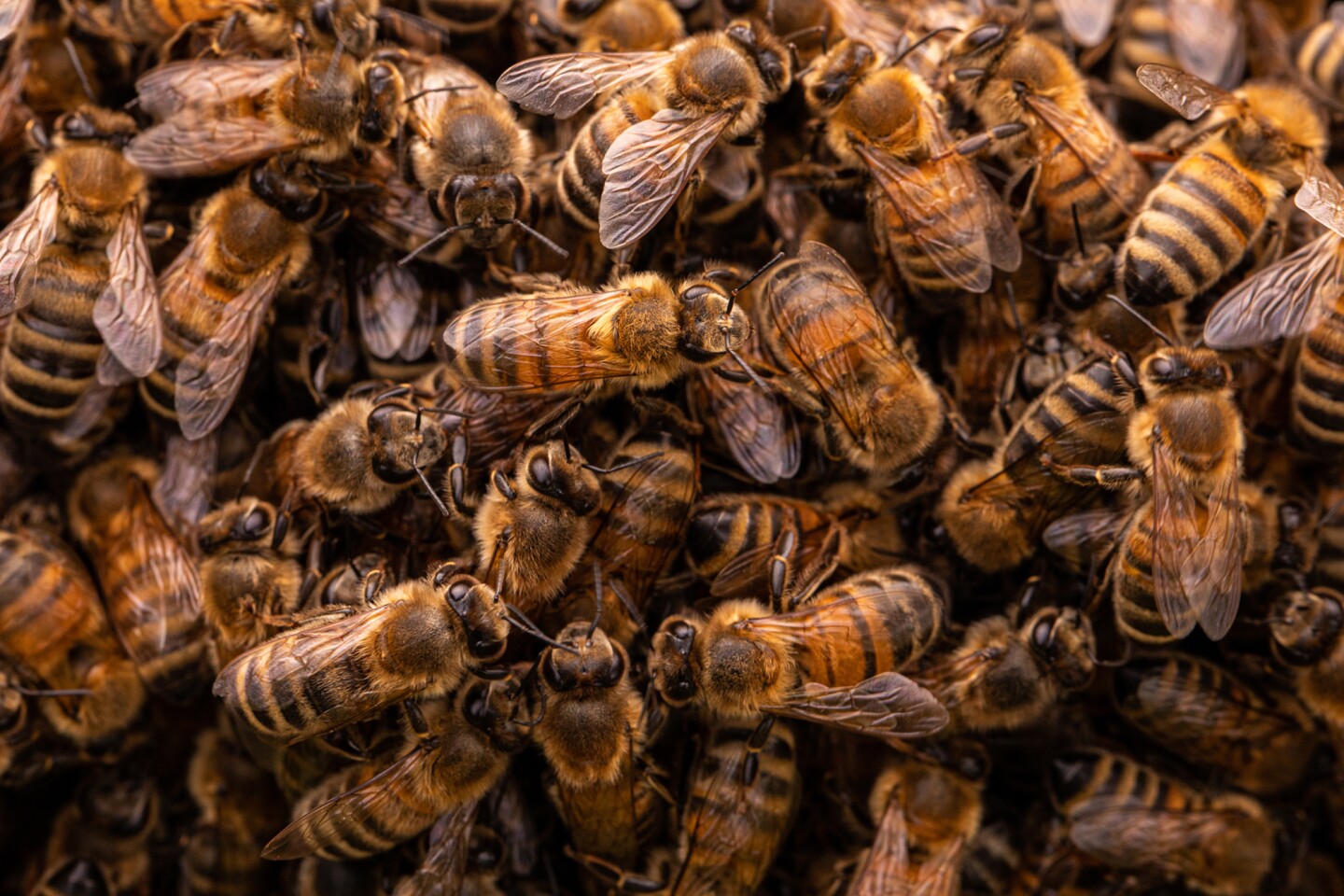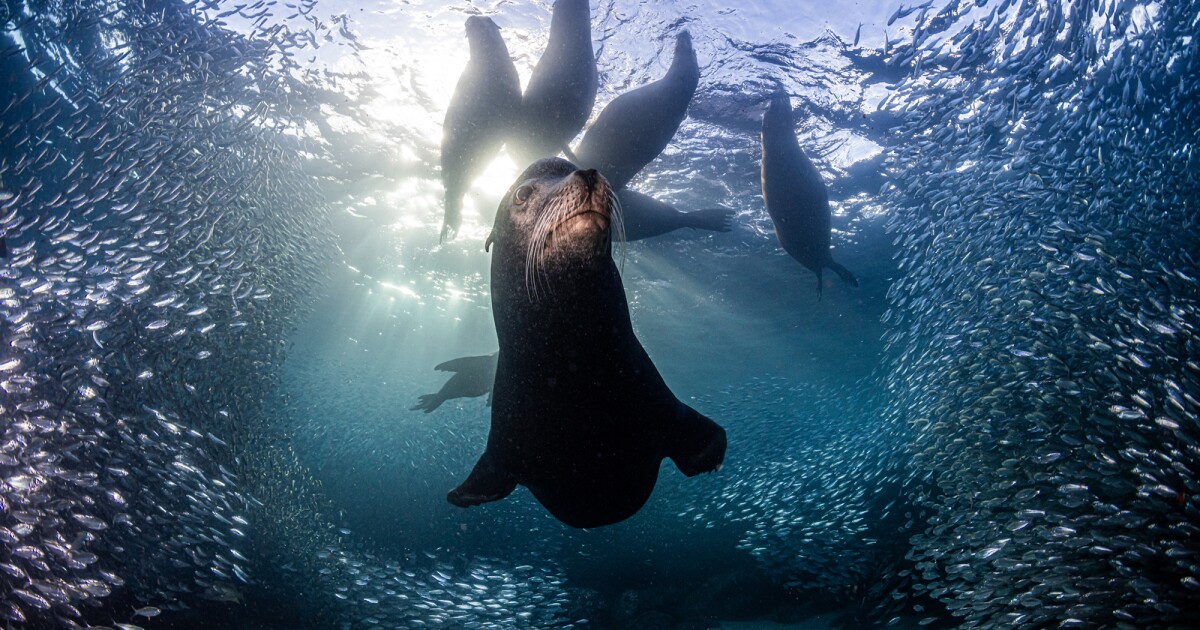[ad_1]
With their ability to capture imaginations and evoke emotions, photos can tell us stories about nature that words alone can’t convey. The winning entries in the Nature TTL Photographer of the Year 2023 competition prove that, as far as nature is concerned, a picture is worth a thousand words.
Celebrating the beauty of the world around us, over 8,000 images were entered into this year’s competition, with nature photographers from all around the world vying for the £1,500 (US$1,840) prize money. In addition to naming the Overall Winner and Young Nature TTL Photographer of the Year, winners were chosen in each of the eight categories: Animal Behavior, Camera Traps, Landscapes, Small World, The Night Sky, Underwater, Urban Wildlife, and Wild Portraits.

Thomas Vijayan/Nature TTL
Thomas Vijayan from Canada won the competition’s Overall Prize for their hauntingly beautiful image, Austfonna Ice Cap, which captures the impact of global warming on the world’s third-largest ice cap. The composition, which is made up of 36 stitched-together images, also took out first prize in the Landscape category.
“This is nature in its most urgent state of decay,” said Audrey Granger, manager of Nature TTL. “The vibrant colors of the towering waterfall are juxtaposed with the reality of its creation. The stark reality is that this image shows global warming’s impact on sea ice, where it is melting at alarming rates.”

Lucy Monckton/Nature TTL
Taking out the Young Nature TTL Photographer of the Year 2023 was the UK’s Lucy Monckton, who braved having hundreds of bees crawling over her to snap her winning entry, House Hunting, showing the process of bee relocation.
“Relocation is a natural process that occurs when a colony becomes too big for its home; the queen leaves with a few of the bees to find another home,” Monckton said.

Simone Baumeister/Nature TTL
Other standouts include the runner-up in the Urban Wildlife category, the surreal-looking Traffic Intersection by Simone Baumeister of Germany.
“I really wanted to do some photography one evening, but without light, this is always difficult,” said Baumeister. “So, I went to a pedestrian bridge that offered a direct view of one of the main traffic intersections in our city. There were many spiders on the railing of this bridge. Using an old analogue lens, I photographed a spire in front of the colorful lights of the city intersection with the many cars.”

Robert Gloeckner/Nature TTL
And another image that made use of the light from traffic signals was Fading Away by Robert Gloeckner of the US, which was the Wild Portraits runner-up. In it, Gloeckner captures the reflection of a great blue heron in water lit by the green of a traffic light. He used intentional camera movement to create a fading perspective.

Florian Ledoux/Nature TTL
Florian Ledoux’s starkly white Seal Hunting captures a polar bear patiently waiting by a seal’s breathing hole for its next meal. Ledoux was the winner of the Animal Behavior category with the image.
“This male polar bear stalked seals at their breathing holes,” Ledoux said. “After they evaded him, he opted to rest, vigilant and patient.”

Bence Mate/Nature TTL
Bence Mate took a unique approach to capturing a wild boar against the immense splendor of the Milky Way in their image Milky Way, winner of The Night Sky category: they used a remote-controlled camera placed inside a fish tank.
“It was lucky that the wild boar stayed unmoved for the moment the picture was taken,” Mate said. “In Hungary, where this composition was captured, the Milky Way is very rarely low enough in the sky to touch the horizon, and this phenomenon occurs only for a few days in the month of August.”
Next year’s Nature TTL Photographer of the Year competition will be open for entries in January 2024. In the meantime, have a browse through our gallery for all of this year’s winning entries.
Source: Nature TTL
[ad_2]
